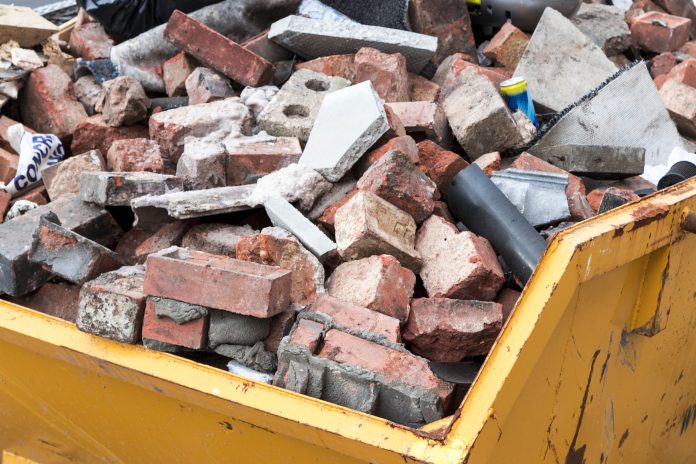The World Green Council (WorldGBC) has published a new Circular Built Environment Playbook. The guide serves as a tool for the construction industry to understand the circular economy and resource efficiency principles
The report outlines how the circular economy principles can help the industry achieve its climate targets. This can be achieved by reducing resource consumption in the built environment. The guide features strategies, market leadership and solutions from WorldGBC’s global network.
What is a circular economy?
A circular economy is one that incentivises the market to reuse products rather than scraping them and extracting new resources. This approach eliminates waste by finding ways to return materials to the economy or use them more efficiently, including items such as clothes, scrap metal, and outdated electronics.
Current rates of material use and waste in the construction industry are highly unsustainable. Over 90% of everything made in the industry is discarded after use. Biological resources are being produced at a rate that is 75% higher than the earth’s ability to replenish them. It is estimated that a year’s worth of biological supplies was used in just seven months in 2022.
A total of 70% of the world’s greenhouse gas emissions are produced in cities and use almost half of all globally extracted resources. The construction sector plays a significant role in these issues.
What does the Circular Built Environment Playbook contain?
The playbook recognises the crucial role of the circular economy in addressing the global environmental crisis. The report offers comprehensive guidance on restoring resources and promoting socio-economic development.
The playbook aims to make circular economy principles accessible to everyone involved in the built environment. It contains over 20 strategies and case studies from around the world, demonstrating how circular design, construction, and operation can help achieve a better environment.
“It is clear that if we want to secure a future for our planet and people, then we cannot keep going on this path of consumption and waste. That’s why our network is taking action to increase awareness and accessibility of circular economy solutions by guiding all stakeholders towards sustainable, circular decision-making,” said Cristina Gamboa, CEO of WorldGBC.
“The need for a circular built environment has never been more important, and our Circularity Accelerator programme is shining a light on the solutions available,” she added.
The guide encourages all stakeholders in the building and construction industry to embrace circularity as the new normal. It also highlights the importance of cross-sector collaboration in overcoming obstacles and making the transition towards a circular future.
The WorldGBC’s network has called on governments and businesses to drive this change. A circular economy is an integral part of sustainability, offering a foundation for future policy changes and business innovations.
“Adopting circularity in the built environment is essential to achieve a regenerative balance by facilitating the decarbonisation of the industry, limiting finite raw materials extraction and waste production, all while staying within planetary boundaries,” concluded Chris Trott, partner head of sustainability at Foster + Partners.

















